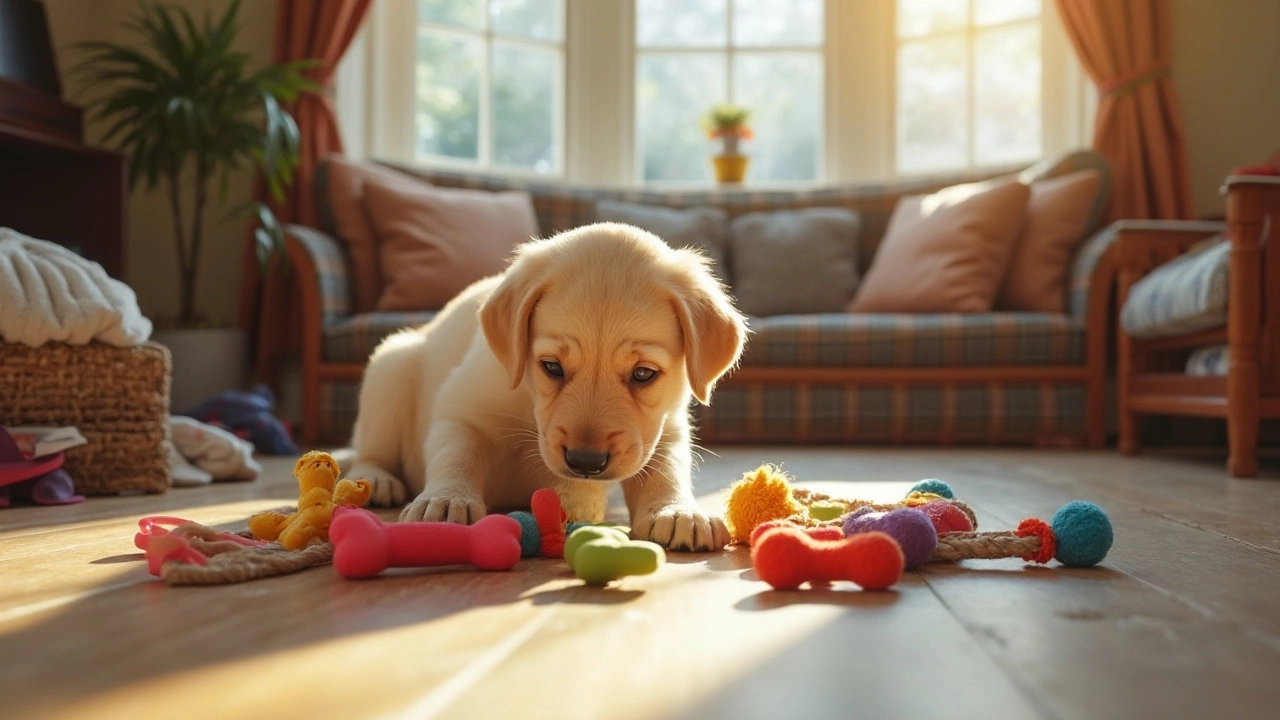Chewing Solutions for Dogs – Keep Them Happy & Healthy
Ever wonder why your dog loves to gnaw on everything from shoes to sticks? It’s not just a habit; chewing is a natural need that helps them stay calm, clean their teeth, and explore the world. When you give the right chew, you’re giving a tool that satisfies instinct and protects your home.
Why Chewing Matters
Chewing releases endorphins, so a busy jaw means a calmer pup. It also massages gums and can slow plaque buildup, which means fewer vet trips for dental work. If a dog doesn’t have a proper outlet, that energy can turn into chewing on furniture, cords, or even your favorite slippers.
Kids get crayons and toys, and dogs get chews. The key is choosing something that matches their size, chewing style, and health needs. A tiny terrier will choke on a large beef bone, while a power‐chewer like a Labrador might shred a soft rubber toy in minutes.
Choosing the Right Chew
Start with the basics: know your dog’s breed, age, and any dental issues. For puppies, softer treats that dissolve quickly are safest. As they grow, you can move to tougher options like bully sticks, antlers, or nylon toys.
Look for natural ingredients and limited additives. A treat made from single‑source chicken or sweet potato is easier to digest than one packed with fillers. If you’re worried about calories, pick low‑fat chews or break a larger chew into smaller pieces.
Safety tip: always supervise the first few minutes of any new chew. If it cracks or shatters, take it away. A good rule of size is to choose a chew that’s at least as long as your dog’s muzzle.
For dogs that love to gnaw for hours, rotate the selection. Switching between a rubber toy, a dried rawhide, and a natural bone keeps the novelty high and the wear on any single item low.
Don’t forget mental stimulation. Puzzle chews that require licking or light chewing engage the brain and can reduce anxiety. These work especially well for dogs left alone during the day.
If your dog has dental disease, go for softer chews that are easy on sore gums. Wet treats or single‑serve dental chews often have a gentle texture while still cleaning teeth.
Finally, keep the chew area clean. Rinse toys after each use and dispose of any broken pieces. A tidy chew zone means fewer hidden pieces that could cause choking.
Chewing doesn’t have to be a battle. With the right solutions, you’ll see a calmer pup, cleaner teeth, and a happier home. Pick a chew that fits your dog’s size, strength, and health, rotate the options, and always keep an eye on the first few minutes. Your dog will thank you with wagging tails and fewer chewed‑up shoes.

Puppy Chew Toys: What Should I Give My Puppy to Chew On?
Worried about your puppy chewing on everything in sight? This article breaks down safe and smart choices for puppy chew toys. You’ll find which toys are good for teething, what to avoid, and little tricks to keep your puppy’s teeth off your shoes and furniture. Learn what’s best for their growing teeth and what toys can help them stay calm and happy. Say goodbye to ruined socks!
View more